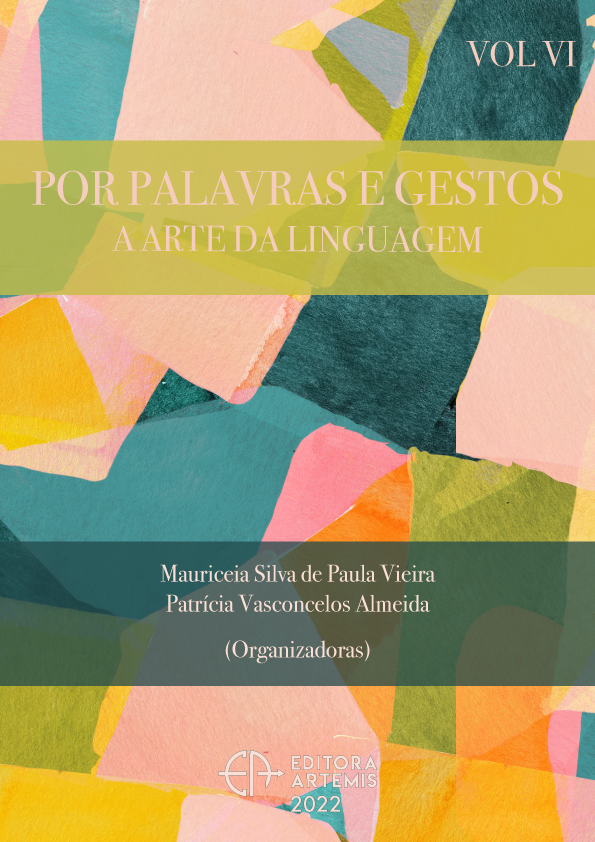
IMAGEM EM MOVIMENTO NOS PRIMÓRDIOS DA TELEVISÃO PORTUGUESA ENQUANTO NARRATIVA MUSICAL
A rádio, o cinema, o disco e a imprensa escrita, formavam o campo mediático no qual os artistas desenvolviam as suas carreiras. Contudo, o início das transmissões televisivas por parte da Radiotelevisão Portuguesa em setembro de 1956, veio alterar a constituição do campo mediático e consequentemente o modo de funcionamento da rede de relações entre os diferentes meios de comunicação. A nova realidade técnica possibilitada pela televisão, que permitia a transmissão em direto de imagens em movimento a auditórios cada vez mais alargados, veio alterar a narrativa musical existente atribuindo à imagem televisiva uma importância acrescida. Embora existam poucas imagens da presença musical nos ecrãs de televisão até 1964, a leitura da imprensa escrita permitiu tirar algumas conclusões em torno de algumas das principais cançonetistas da época. É a partir destes registos que o texto aborda não só a consciência que existia relativamente à importância da imagem em movimento em direto, mas também a importância da televisão no novo contexto de disseminação musical.
IMAGEM EM MOVIMENTO NOS PRIMÓRDIOS DA TELEVISÃO PORTUGUESA ENQUANTO NARRATIVA MUSICAL
-
DOI: 10.37572/EdArt_2508226132
-
Palavras-chave: Radiotelevisão Portuguesa, narrativa musical, imagem televisiva, meios de comunicação.
-
Keywords: Portuguese Radiotelevision, musical narrative, television image, media.
-
Abstract:
Before the advent of television, radio, cinema, disco and press formed the media field in which artists developed their careers. However, the beginning of television broadcasts by Radiotelevisão Portuguesa in September 1956, changed the constitution of the media field as well as the relations between them. The new television technical which allowed the live transmission of moving images to increasingly larger audiences, changed the existing musical narrative, giving the television image an growing importance. Although there are few images of the musical presence on television screens until 1964, acess to written press allows us to draw some conclusions about some of the main songwriters of the time. Based on these information, the text addresses on the one hand the awareness that existed regarding the importance of the live television moving image, and the importance of television in the new context of musical dissemination, on the other.
-
Número de páginas: 13
- João Ricardo Pinto

